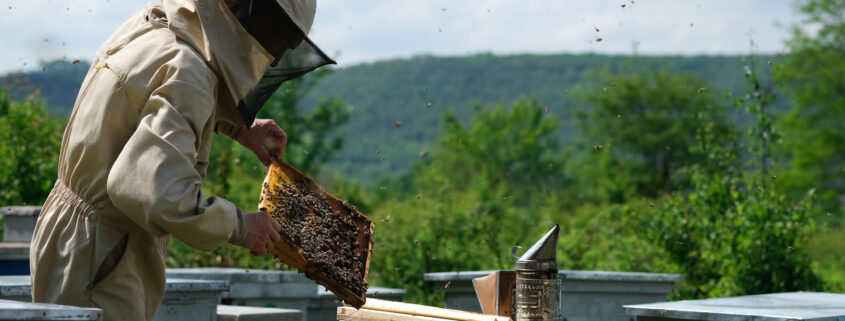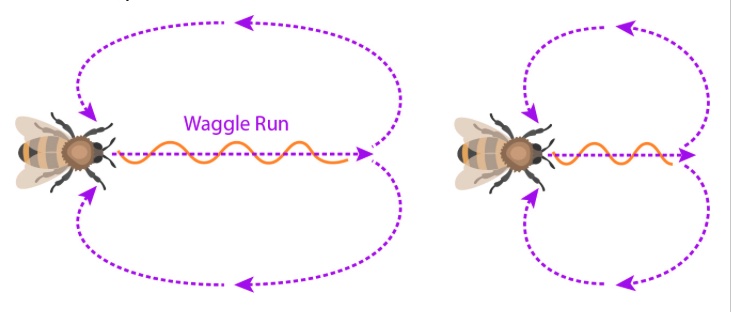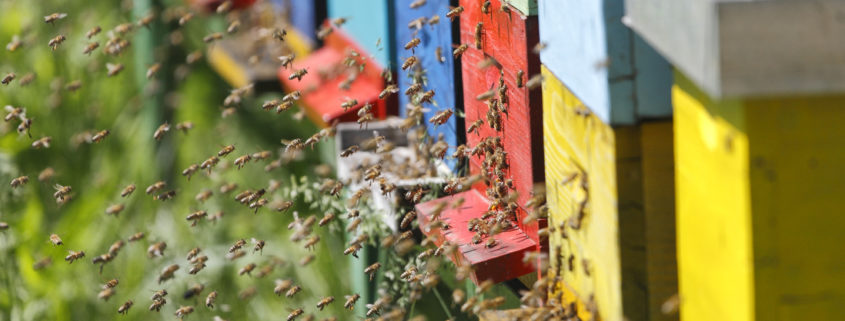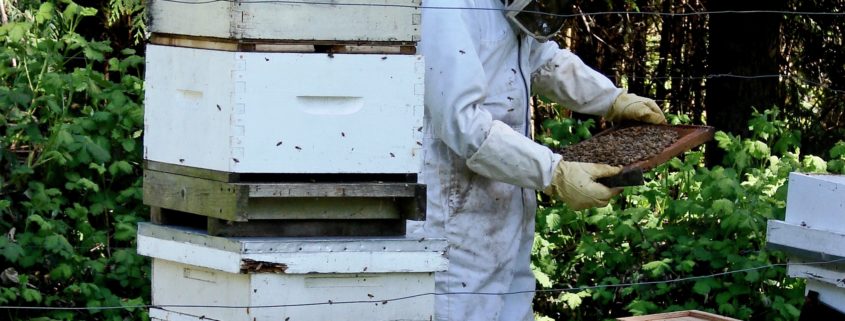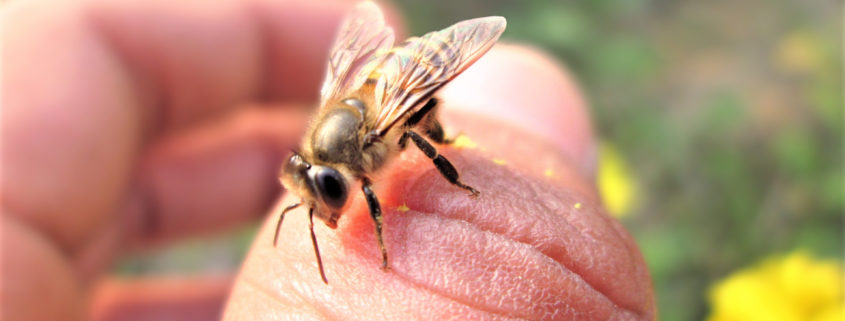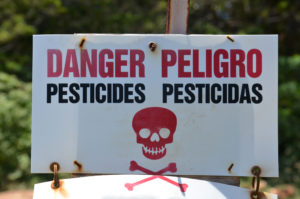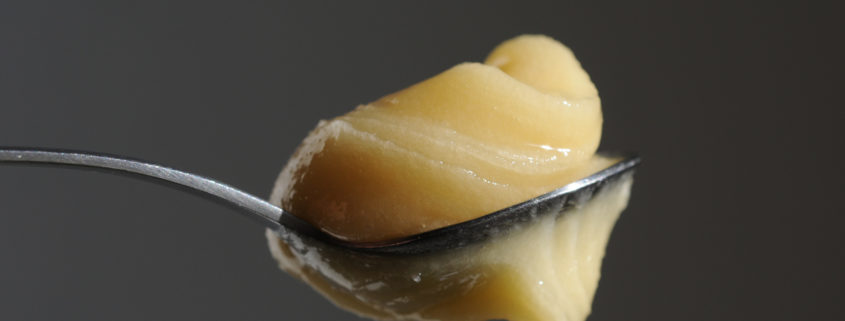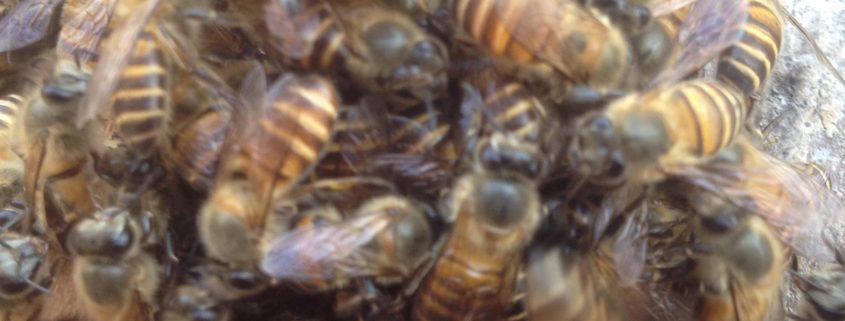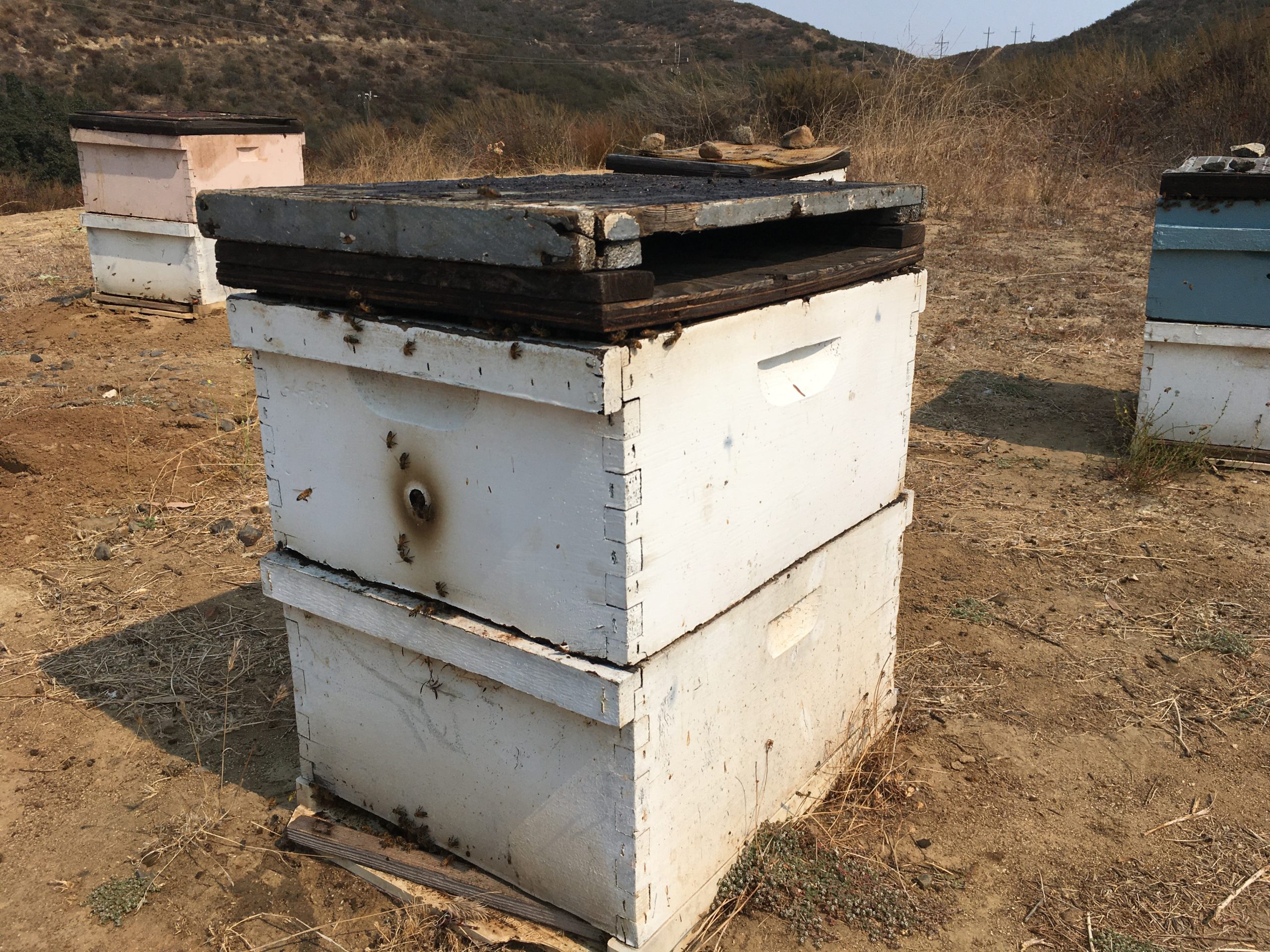How Many Hives Should a Beekeeper Have?
The right number of hives depends on your goals as a beekeeper. If you are a beginner, you may want to start small at first, as you learn about their bees and gain skills along the way. Whereas a skilled beekeeper may want to build his or her hobby into a business that can scale over time. In the end, you as a beekeeper must decide how much time and money you wish to invest – more hives mean more equipment, maintenance, space, and of course time after all.
There are many advantages to keeping multiple hives. Most experienced beekeepers recommend that even brand-new beekeepers maintain at least two hives. Investing in two hives up front may seem like overkill, but it will almost certainly prevent potential stress down the road and likely save money in the long run.
Countless unexpected situations can arise within the first year of keeping bees; and with only one hive you have nothing to fall back on if things go bad. This leaves you and your hive vulnerable to being completely wiped out. For a new beekeeper with only a single colony, a rough winter could mean starting over completely from scratch in the spring, which can be costly because having to buy bees can be expensive.
Having two beehives not only ensures there are extra resources on hand to share between hives – such as brood, nurse bees, worker bees, or even pollen and honey – it’s also a safeguard in the event you lose an entire colony. It is common for new beekeepers with little experience to lose all, or part of a colony within the first year, especially over the winter. Starting with multiple beehives means it’s possible to share bees among your colonies if some do inevitably die.
More experienced beekeepers may want to keep even more than two hives to increase their odds of success. If there was an ideal number of hives for a backyard beekeeper, most beekeepers would estimate that 2-5 hives are optimal.
Of course, you will also need enough space. Each beehive takes up about 22-inches by 16-inches of space and can be placed as close as 6-inches together, but more space is always better. Plenty of space is needed surrounding your hives as well, both for maintenance and security. If beehives are kept too close together, it can sometimes cause them to “drift” into a hive that’s not their own. Over time this can affect the bees’ populations – strengthening some hives while weakening others.
Ultimately, when deciding how many hives you’d like to keep, you must consider how much space, time, and money you have available to invest. If you want to make a business out of beekeeping, you’re going to need a lot of hives, and likely more than one apiary. A smaller scale operation that runs part-time with a responsible beekeeper can manage around 100 colonies. This size business isn’t likely to earn enough income from honey, pollinating services, or selling bees to live off, but it can be a solid source of extra income.
Commercial apiaries, however, can have anywhere from 500 to 2000 beehives each. Here in California, as well as in other parts of the US, some large established commercial beekeepers have upwards of 10,000 or more colonies. California beekeepers rely heavily on almond pollination for their income, and are paid per colony, meaning more colonies equals more money – and professional beekeepers need it! Maintaining a business of this size requires a major investment in equipment, labor, storage, and logistics.

